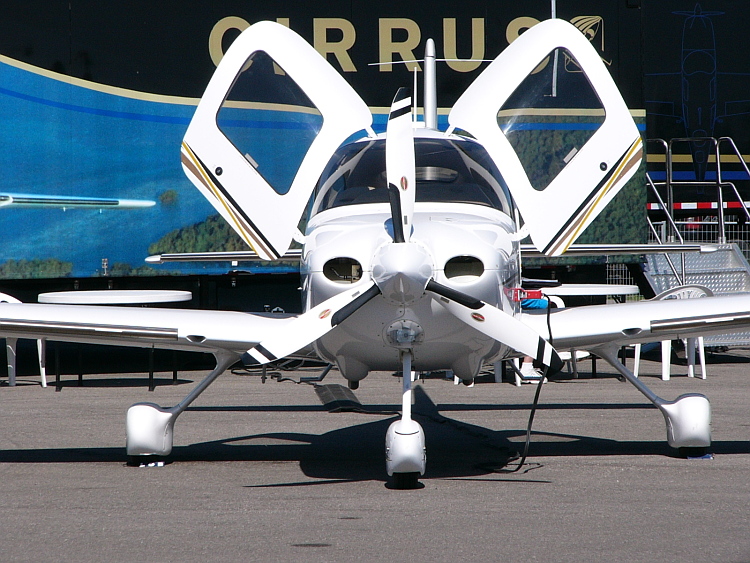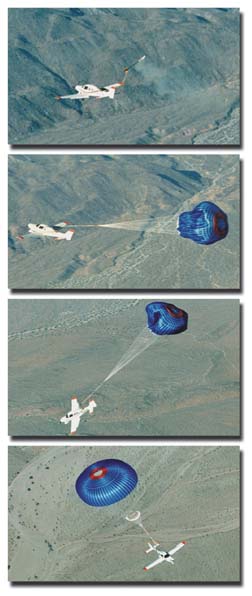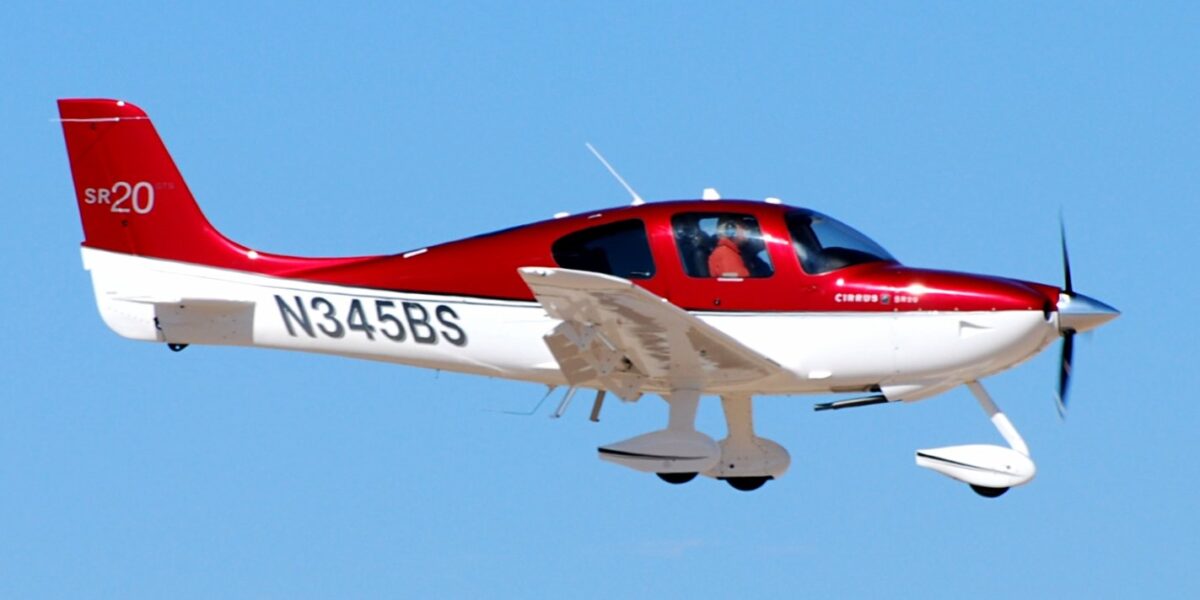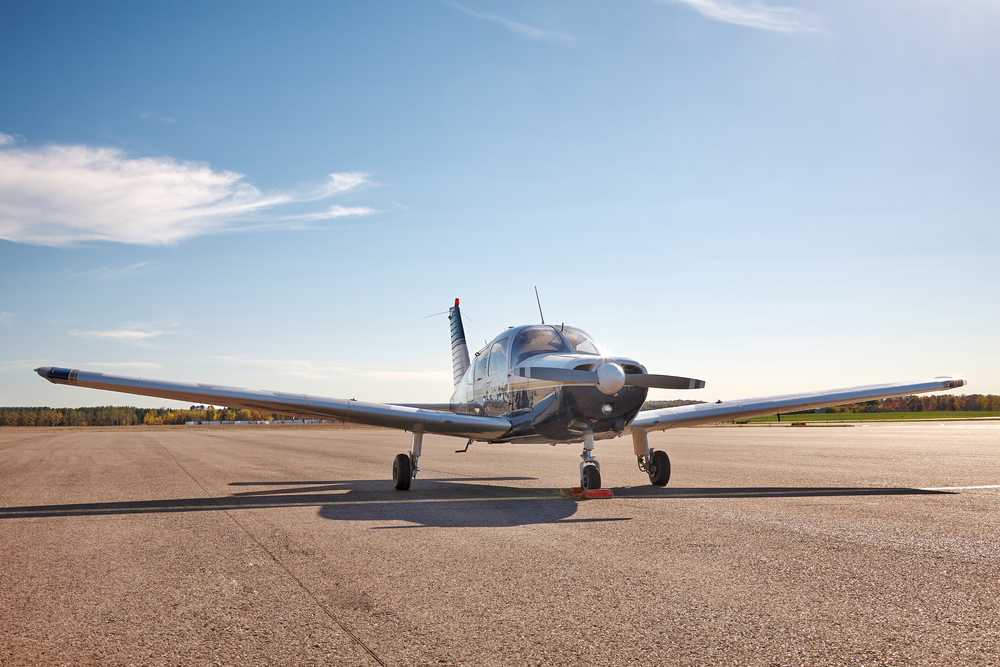Cirrus has been building SR20s and SR22s for over 20 years now, and every generation brings something new – better avionics, more power, refined systems. If you’re shopping for one, understanding which generation you want matters as much as picking between the 20 and 22. Early models’ll save you money, newer ones give you tech that didn’t exist a decade ago.
Quick Answer: SR20s have a 200 hp Continental IO-360 and cruise at 155 knots. SR22s pack a 310 hp IO-550 and hit 183 knots. Generation 1 (1999-2003) had basic avionics and lower useful loads. Gen 2 (2004-2007) improved systems and performance. Gen 3 (2008-2016) added Garmin Perspective glass cockpit. Gen 5 (2017-present) has Perspective+ with touchscreens and a side stick. Prices run from $150K-$250K for G1 SR20s up to $650K-$900K for new G5 SR22s, with used G5s going $400K-$650K.
SR20 vs SR22 – The Basic Split
The SR20’s got a 200 hp Continental IO-360 that’ll cruise you at 155 knots. Useful load’s around 1,000-1,050 pounds depending on options. Works great for two or three people with bags. Standard fuel’s 60 gallons, you can get 81. Costs less to buy and operate than the SR22, but you’re getting similar comfort and tech.
The SR22? That’s got a 310 hp IO-550 that pushes you to 183 knots – 28 knots faster. Useful load’s similar, maybe 1,050-1,150 pounds. But that extra power gives you way better climb – 1,400+ fpm vs 800 fpm in the SR20. Plus you can get up high easier. Standard’s 81 gallons, 92 optional. Get the SR22 if speed and climb performance matter more than fuel costs.

Generation 1 (1999-2003) – Where It Started
First-gen SR20s and SR22s introduced the composite airframe, side-by-side seats, and that CAPS parachute system everyone talks about. Avionics were Avidyne Entegra glass displays with a separate Garmin GPS. Interiors were pretty basic. Useful loads were lower too – maybe 950-1,000 pounds – because Cirrus was still figuring out manufacturing.
These are the value plays: $150K-$220K for SR20s, $220K-$320K for SR22s. But you’re getting old avionics and higher maintenance as they age. CAPS needs repacking every 10 years at $15K-$18K. Engine TBO’s 2,000 hours, overhauls run $50K-$60K. Think of G1 models as your entry ticket to Cirrus ownership if you’re okay with older tech.
Generation 2 (2004-2007) – Getting Better
Second-gen brought improved Avidyne Entegra Evolution displays. Useful loads went up to 1,050-1,100 pounds. Some subtle aerodynamic tweaks added 2-3 knots cruise. Interiors got nicer materials. The SR22 G2 added a GTS model with flight-into-known-icing if you need that.
G2s balance value and capability pretty well: $200K-$280K for SR20s, $280K-$400K for SR22s. Better useful loads and avionics than G1s. Downside? Avidyne’s getting dated as Garmin dominates everything now. Parts and support still exist but upgrades are limited. Get a G2 if you want modern capability without paying for the latest generation.

Generation 3 (2008-2016) – The Garmin Revolution
G3 was huge – they switched to Garmin Perspective avionics (basically G1000). Dual big displays, synthetic vision, XM weather, advanced autopilot. The whole package. SR22 G3 got a turbonormalized version from Tornado Alley for high-altitude work. Interiors went premium.
Useful loads stabilized at 1,050-1,150 pounds. The Perspective avionics were game-changing. Early G3s (2008-2011) had some software bugs that needed fixing. Later G3s (2012-2016) are solid and reliable. Prices: SR20 G3 $280K-$400K, SR22 G3 $380K-$550K. Honestly, G3’s the sweet spot – modern avionics at reasonable used prices.

Generation 5 (2017-Now) – Peak Cirrus
Cirrus skipped calling it Gen 4 and jumped to Gen 5 in 2017. These’ve got Perspective+ with touchscreen controllers, better autopilot, improved synthetic vision. Side stick instead of center-mounted. Airframe refinements cut drag by 5%. Interiors that rival luxury cars with all the custom options you want.
SR22T G5 and G6 (turbocharged) dominate new sales now. Everything’s better – faster cruise, better climb, nicer handling. New G6s run $850K-$950K fully loaded. Used G5s (2017-2020) go for $550K-$750K. This is peak Cirrus engineering but you’re paying for it. Get G5/G6 if you want the absolute latest and can swing the cost.
The Turbo Question
SR22T adds turbocharging so you can fly up to 25,000 feet. Lets you get above weather and catch better winds. True airspeed at FL250 hits 213 knots – 30 knots faster than the non-turbo. But turbos add complexity, maintenance, and insurance costs. Overhauls run $15K-$20K more than non-turbo engines.
SR22T makes sense if you’re flying long cross-countries at altitude regularly. The speed and weather avoidance justify the extra costs. But if you’re mostly operating below 10,000 feet? The regular SR22 gives you 90% of the capability for less money and hassle. Think hard about your mission before paying the turbo premium.

That Parachute System
Every Cirrus has CAPS – that ballistic parachute that lowers the whole plane to the ground if things go really wrong. It’s saved over 150 lives since they started building these. System needs repacking every 10 years for $15K-$20K depending on model. Factor that into your budget.
Early CAPS (G1-G2) had different altitude minimums for effective deployment. Later systems (G3-G5) improved deployment speeds and altitude ranges. They all work as designed when used right. Insurance companies like CAPS – you’ll get lower rates compared to similar planes without parachutes. It’s your ultimate safety backup, though proper flying means you shouldn’t need it.

Training and Insurance
Cirrus transition training’s mandatory for insurance and just smart for safety. These fly differently than traditional planes – higher approach speeds, sensitive controls, automated systems. Most pilots need 10-25 hours of dual. Cirrus runs training centers with structured programs. Budget $5K-$8K for initial transition.
For detailed step-by-step procedures, the Flying the Cirrus SR22 Turbo guide provides comprehensive VFR procedures with Perspective avionics. The Airplane Flying Handbook covers transitions to complex and high-performance aircraft including essential knowledge for Cirrus operations.
Insurance varies by experience and aircraft value: $4K-$8K yearly for SR20s, $6K-$12K for SR22s. Turbos cost more. Insurance companies want instrument ratings for most policies. Annual recurrent training maintains insurance discounts and keeps you sharp. The advanced avionics and performance demand ongoing education – treat training as essential, not optional.
Which One Should You Get?
Get an SR20 if economy matters. The 200 hp engine burns less fuel ($80-$100/hour vs $110-$130/hour) and costs less to overhaul. Two-person or light three-person trips work perfectly. That 28-knot speed difference? Doesn’t matter much on trips under 400 miles. SR20 operating costs run $200-$250/hour all-in.
Get an SR22 for maximum capability and speed. The extra power provides better safety margins and climb performance. Four-person trips benefit from the power. Speed advantage really adds up on 500+ mile trips. Accept higher operating costs ($250-$350/hour) for the added performance. That includes fuel, maintenance, insurance, hangar, and engine reserves.
For generations? G1-G2 suit budget buyers who can live with older avionics. G3 provides the best value – modern Garmin Perspective at used prices. G5-G6 deliver the latest tech for people who want cutting-edge systems. All generations give you the fundamental Cirrus experience: comfort, safety, modern design. Your budget and tech preferences determine which generation fits you best.
Essential Knowledge Resources
Before purchasing and operating a Cirrus, review the Pilot’s Handbook of Aeronautical Knowledge which covers essential aerodynamics, weather theory, and aircraft systems knowledge applicable to high-performance aircraft operations.
Note: This article contains affiliate links. We may earn a commission from purchases made through these links at no additional cost to you.
Join the Aircraft Insider Community
Get exclusive backcountry flying tips, aircraft reviews, and Western aviation destinations delivered to your inbox.
✈️ No spam, ever. Unsubscribe anytime. Privacy respected.




Leave a Reply